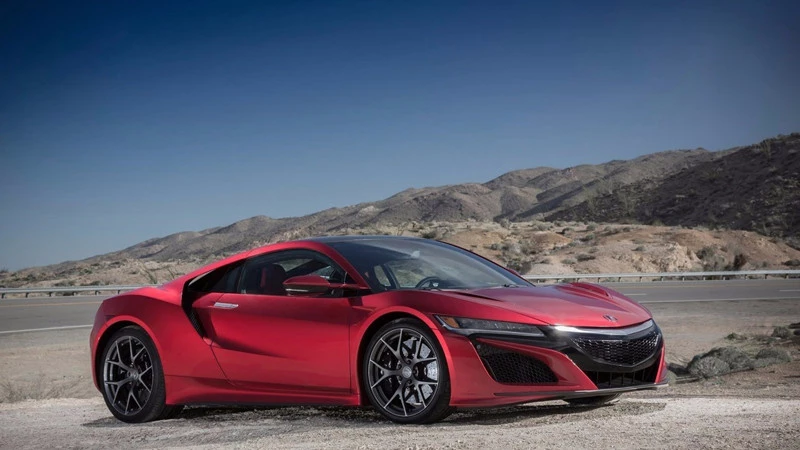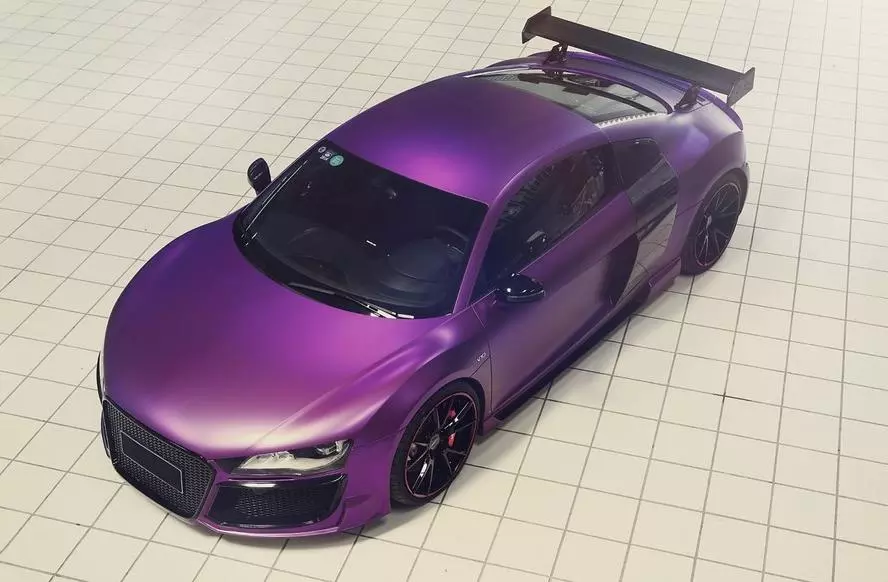What Is the Difficulty of Lightweight Automobiles? (Part Two)
In 1990, Honda launched the NSX sports car which was the world's first vehicle model with the whole aluminum body, and it was mass-produced. Honda produced 18,000 sports cars during the fifteen years. The car with the whole aluminum body which was mass-produced and well known to people was the Audi A8. The birth of the Audi A8 followed the Audi Space Frame Technology which was launched by Audi in 1993.


Initially, the Audi A8 adopted the aluminum body, because the flagship model was equipped with the quattro four-wheel drive system, resulting in the car's weight being 100kg heavier than its competitor's. Audi developed the whole aluminum body technology in order to reduce the weight. Even if the whole aluminum body was adopted for the Audi A8, its curb weight was still almost the same as the competitor's. In order to reduce the weight and improve the performance, the amount of aluminum alloy used for the car was further increased for the Audi R8 which was launched in 2006. The brand new Audi A8 is launched in 2017, and its curb weight is also 28% lighter than that of the previous generation.
Jaguar also makes a great contribution to the whole aluminum body among the manufacturers which adopt the whole aluminum body. Jaguar firstly adopted the aluminum alloy body for the XJ model the third generation in 2003. The XK model was launched in 2006, and its aluminum alloy body accounted for 100%. With the usage of the aluminum panel layer technology and rivet, 70% of the car body is aluminum alloy. The F-type which was launched in 2013, the XE the second generation in 2015 and the F-pace in 2016 all adopted the whole aluminum body. At present, Jaguar is one of the car manufacturers which most launch car models with the whole aluminum body, and Tesla is going to catch up with Jaguar in recent years.
One of the best ways to improve driving pleasure is that weight ratios of the car body's front and back should be 50:50. BMW has been emphasizing weight ratios of subordinate car models' front and back. In 2003, BMW launched the E60 the fourth generation the fifth series mixed version, and the front of the car body uses the aluminum alloy material, making the weight ratio of the car reach 50:50. This is also the first hybrid electric car which adopts aluminum alloy materials, and its weight ratios reach 50:50.
There are some metals which are lighter than aluminum, that is, magnesium alloy. The weight of magnesium is only 22% of iron, 66% of aluminum. Magnesium is relatively easy to be processed. It has good shock absorption and its recycling rates can reach 100%. However, magnesium has shortcomings of having high prices, being easily corrosive and not being high temperature resistant. Therefore, magnesium can not be used for racing cars with high performance, but it can be applied to the unimportant components such as the steering wheel.
One of the best ways to improve driving pleasure is that weight ratios of the car body's front and back should be 50:50. BMW has been emphasizing weight ratios of subordinate car models' front and back. In 2003, BMW launched the E60 the fourth generation the fifth series mixed version, and the front of the car body uses the aluminum alloy material, making the weight ratio of the car reach 50:50. This is also the first hybrid electric car which adopts aluminum alloy materials, and its weight ratios reach 50:50.
There are some metals which are lighter than aluminum, that is, magnesium alloy. The weight of magnesium is only 22% of iron, 66% of aluminum. Magnesium is relatively easy to be processed. It has good shock absorption and its recycling rates can reach 100%. However, magnesium has shortcomings of having high prices, being easily corrosive and not being high temperature resistant. Therefore, magnesium can not be used for racing cars with high performance, but it can be applied to the unimportant components such as the steering wheel.